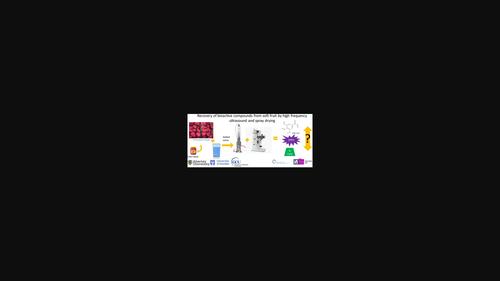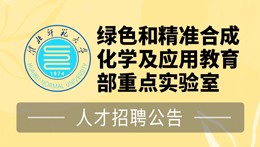当前位置:
X-MOL 学术
›
Int. J. Food Sci. Tech.
›
论文详情
Our official English website, www.x-mol.net, welcomes your
feedback! (Note: you will need to create a separate account there.)
Is high-frequency ultrasound a useful process to add value to out of specification strawberries, raspberries and blackberries industrially?
International Journal of Food Science & Technology ( IF 2.6 ) Pub Date : 2022-07-24 , DOI: 10.1111/ijfs.15994
Matthew Hooper 1 , Alison D McNeilly 2 , Carl Schaschke , Jonathan D Wilkin 1
International Journal of Food Science & Technology ( IF 2.6 ) Pub Date : 2022-07-24 , DOI: 10.1111/ijfs.15994
Matthew Hooper 1 , Alison D McNeilly 2 , Carl Schaschke , Jonathan D Wilkin 1
Affiliation

|
Bioactive ingredients can be extracted from surplus soft fruits to add value to them as a fortification ingredient in many new products. Ultrasound-assisted extraction and spray drying have been heavily studied in the past, with evidence to suggest the positive uptake of these by the food industry. In this paper, strawberries, raspberries and blackberries were examined using a distilled water ‘green’ extraction method with assisted high-frequency ultrasound and concentration through spray drying. The results showed that crop year and variety had more impact on bioactive concentration than extraction through high-frequency ultrasound. Two different machines were examined for differences between a cold extraction of water, and a 700 and 2000 Hz industrially relevant probes. Typically, total phenolic content (TPC) was lower in strawberries and blackberries than the control for both methods, however raspberries had a higher GAE mg ml−1 for the 2000 Hz ultrasound than the control. For Radical scavenging (RS) percentage using DPPH Blackberries had higher RS % than the control, whereas strawberries and raspberries had less than the control. These results suggest that ultrasound as a singular method for extracting valuable bioactive ingredients is not suitable with water as the solvent.
中文翻译:

高频超声波是一种有用的工艺,可以在工业上为不合格的草莓、覆盆子和黑莓增加价值吗?
可以从多余的软水果中提取生物活性成分,作为许多新产品的强化成分,为其增值。超声辅助提取和喷雾干燥在过去进行了深入研究,有证据表明食品工业积极采用这些方法。在本文中,草莓、覆盆子和黑莓使用蒸馏水“绿色”提取方法进行了检测,该方法采用辅助高频超声和喷雾干燥浓缩。结果表明,作物年份和品种对生物活性浓度的影响大于高频超声提取。检查了两台不同的机器在冷提取水和 700 和 2000 Hz 工业相关探头之间的差异。通常,两种方法的草莓和黑莓中总酚含量 (TPC) 均低于对照,但在 2000 Hz 超声下,覆盆子的 GAE mg ml-1 高于对照。对于使用 DPPH 的自由基清除 (RS) 百分比,黑莓的 RS 百分比高于对照,而草莓和覆盆子的 RS 百分比低于对照。这些结果表明,超声波作为一种提取有价值的生物活性成分的单一方法不适合以水为溶剂。
更新日期:2022-07-24
中文翻译:

高频超声波是一种有用的工艺,可以在工业上为不合格的草莓、覆盆子和黑莓增加价值吗?
可以从多余的软水果中提取生物活性成分,作为许多新产品的强化成分,为其增值。超声辅助提取和喷雾干燥在过去进行了深入研究,有证据表明食品工业积极采用这些方法。在本文中,草莓、覆盆子和黑莓使用蒸馏水“绿色”提取方法进行了检测,该方法采用辅助高频超声和喷雾干燥浓缩。结果表明,作物年份和品种对生物活性浓度的影响大于高频超声提取。检查了两台不同的机器在冷提取水和 700 和 2000 Hz 工业相关探头之间的差异。通常,两种方法的草莓和黑莓中总酚含量 (TPC) 均低于对照,但在 2000 Hz 超声下,覆盆子的 GAE mg ml-1 高于对照。对于使用 DPPH 的自由基清除 (RS) 百分比,黑莓的 RS 百分比高于对照,而草莓和覆盆子的 RS 百分比低于对照。这些结果表明,超声波作为一种提取有价值的生物活性成分的单一方法不适合以水为溶剂。































 京公网安备 11010802027423号
京公网安备 11010802027423号